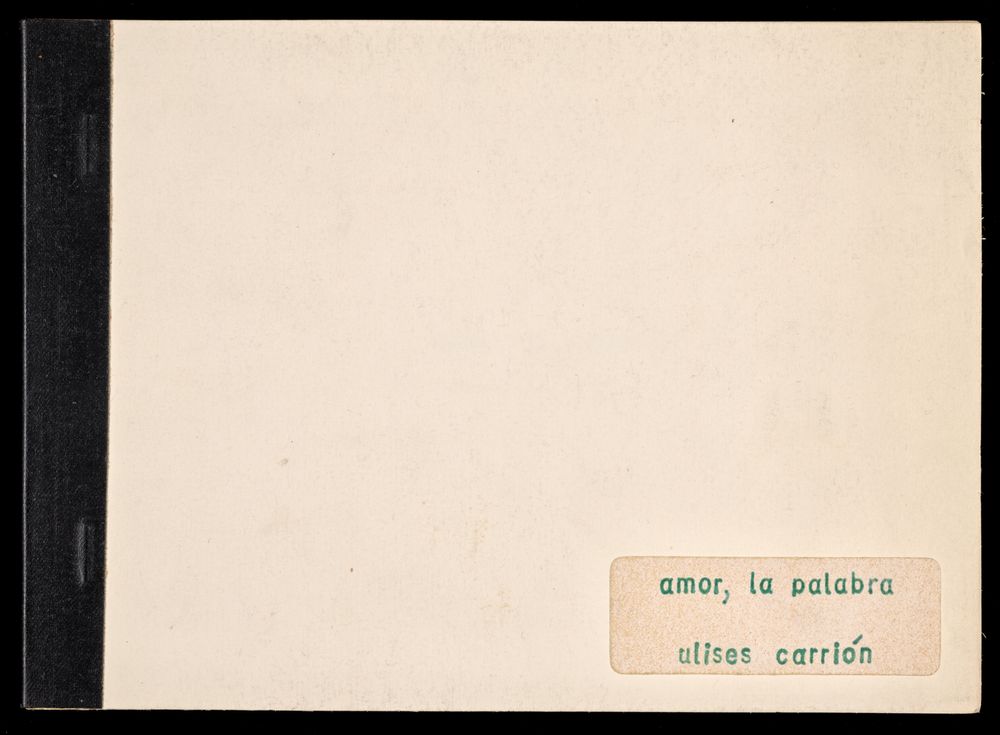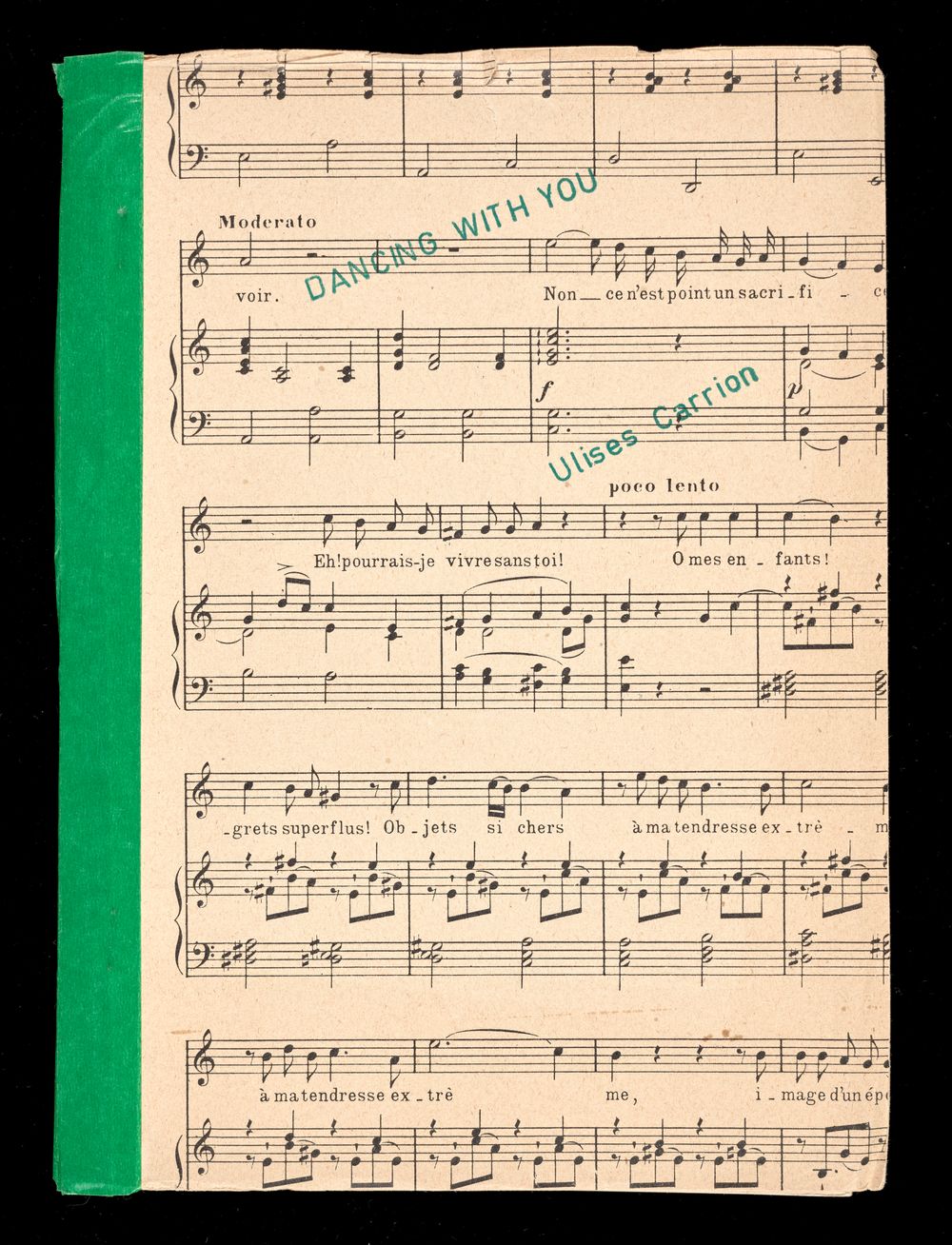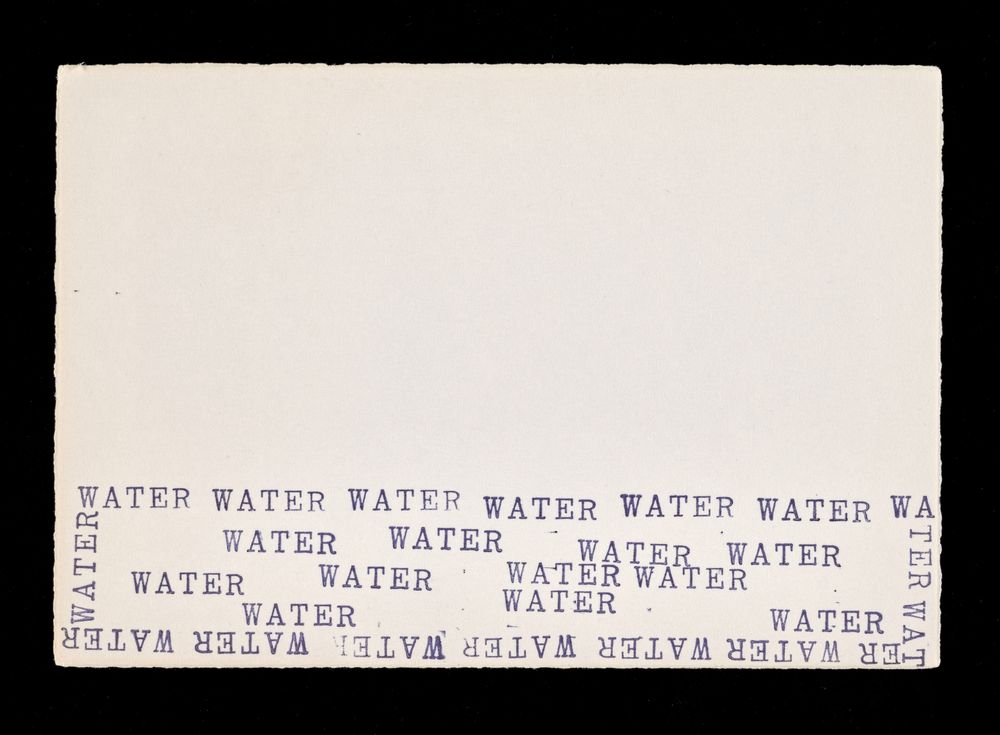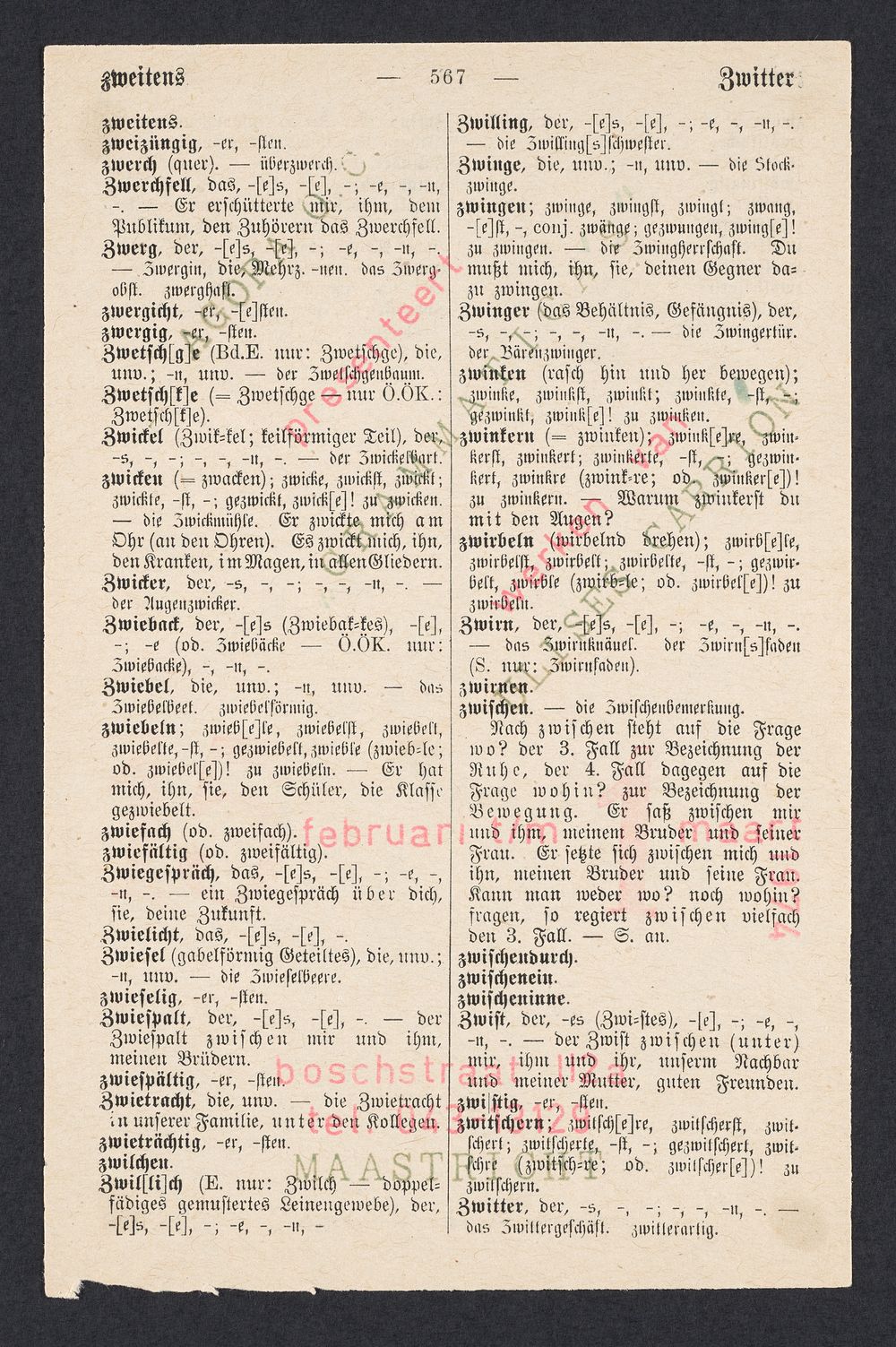In-Out Productions & In-Out Centre
In 1972, Ulises Carrión and eight other artists from Latin America, Iceland, and the Netherlands founded the In-Out Center, Amsterdam’s first artist-run center. This collaboratively-run exhibition and studio space fostered experimental approaches to artmaking including performance, video art, sound art, artists’ books, and other media.
While working at In-Out Center, Carrión acquired a mimeograph machine and began self-publishing his own artists’ books, or “bookworks,” as he called them, under the imprint he co-founded, In-Out Productions. Though generally humble in materials and featuring simple, typewritten text, these early bookworks by Carrión showcase his rigorous conceptual approach to the structure of language and communication.

Sonnet(s), 1972
Ulises Carrión
Artists’ book consisting of mimeographed text on A4 paper; stapled between clear plastic wrappers
Carrión’s Sonnet(s) consists of 44 procedural variations of the sonnet “Heart’s Compass” by 20th century English poet and painter Dante Gabriel Rossetti. These minimal – and often humorous – alterations of Rossetti’s sonnet call the artistic conventions of genre and originality into question, echoing his provocation in The New Art of Making Books that “Plagiarism is the starting point of the creative activity in the new art.”
Amor, la Palabra, 1973
Ulises Carrión
Artists’ book consisting of mimeographed text. White paper wrappers; staple-bound with original black cloth tape over spine
In Amor, la Palabra, Carrión questions how words, and poetic language in particular, acquire meaning, presenting 22 poems derived from the dictionary definition of the Spanish word amor, or ‘love.’ Carrión dedicates the book to his partner, Aart van Barneveld: “para Aart, que estudia la filologia” (for Aart, who studies philology).
Dancing with You, 1973
Ulises Carrión
Artists’ book consisting of mimeograph and stamped text. Bound in illustrated off-white, black, and aquamarine wrappers with green cloth tape over spine
Dancing with You consists of sets of typed instructions for popular dances such as the waltz, the rumba, and the cha-cha, most likely found text from a dance manual. The dance steps, in book form, constitute an apt parallel for the bookwork: they are a sequence that is performed across space and time. The rhythm of the steps might also call to mind the rhythm of reading and the rhythm of typing.
Speeds [Proof], circa 1973-1974
Ulises Carrión
Maquette of artists’ book consisting of rubber-stamped text and numbers on paper.
Tell Me What Sort of Wall Paper Your Room Has and I Will Tell You Who You Are, 1973
Ulises Carrión
Artists’ book consisting of typewritten text on wallpaper; black paper wrappers; black cloth tape on spine
This small bookwork consists entirely of found wallpaper swatches, with each page of wallpaper a single line of typed text indicating in whose room the wallpaper supposedly belongs: “My wife’s room, My teacher’s room, My accountant’s room.” As the book’s pages become increasingly abstract – “Their room, Your room, A room” – the reader’s attention is drawn to their own participation in giving these text fragments coherence and meaning, to fleshing out the characters with details from their own experience. The book’s basic compositional elements – text, paper, and sequence – bring this participatory process of meaning-making to life.
10 Stamped Texts, 1973
Ulises Carrión
Artists’ publication consisting of rubber-stamped concrete poems on index cards
As the title suggests, 10 Stamped Texts consists of 10 index cards bearing rubber-stamped words or phrases whose characters are visually arranged to embody the words’ meaning. This piece showcases the substantial influence of concrete and visual poetry on Carrión. Concrete poets focused on the materiality of language; they demonstrated how its building blocks, the word and the letter, simultaneously function as word, sound, and image. These insights were instrumental in Carrión’s development of his “new art.”
Grammatica(s) : Werken van Ulises Carrión
Ulises Carrión
Exhibition announcement flyer
Agora Studio group exhibition, December 6-December 20, 1974
Ulises Carrión & others
Exhibition announcement flyer
Conjunctions, 1974
Ulises Carrión
Exhibition invitation












